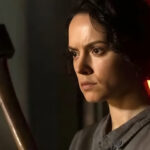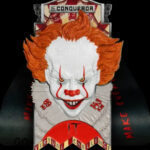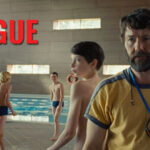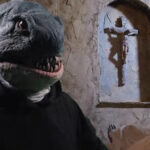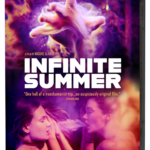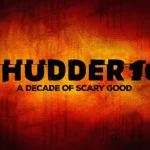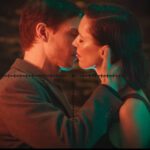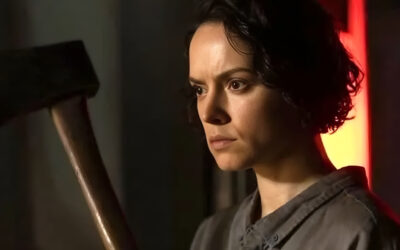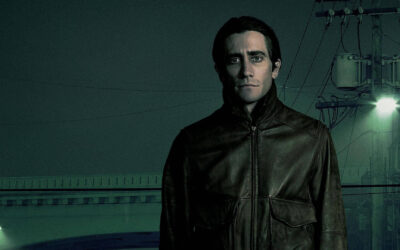Horror films are more than just scare-fests; they blend art and technique that captivates and terrifies. For students like you, understanding these techniques is key to appreciating the genre’s depth. This guide offers practical tips to analyze the unique elements that make horror films stand out. Get ready to dive into the world of horror cinema and discover what lies beneath the surface of every scary and suspenseful moment.
Understanding Cinematography in Horror Films
Cinematography in horror films is a craft that masterfully creates an atmosphere of suspense and fear. It’s all about how the movie is shot – the visual storytelling. If you’re looking to analyze these techniques in depth, consider using assignment writing services for a perfect film analysis essay sample.
Key techniques include lighting, which can cast shadows and create a menacing mood, or lack thereof, to build tension. Camera angles and framing also play a huge role. Unusual angles can make viewers feel disoriented, heightening the sense of unease. Close-ups can intensify a character’s fear, transferring it to the audience.
These cinematic tools work together to keep you on the edge of your seat, making the horror experience both terrifying and unforgettable.
Use of Sound and Music
Sound and music in horror films are pivotal in shaping the overall terrifying experience. These auditory elements play a huge role in setting the mood and amplifying suspense. Think of how a sudden, eerie soundtrack can make your heart race in anticipation of something about to happen.
Iconic horror movie scores, like the haunting melodies or the chilling simplicity of Halloween, effectively set the film’s atmosphere. These scores often become synonymous with the horror and suspense they represent, lingering in viewers’ minds long after the movie ends.
The strategic use of sound effects, like creaking doors or ghostly whispers, adds layers to fear. These sounds, often subtle, work hand in hand with the visuals to immerse you fully in the spine-chilling narrative.
Analyzing Editing and Pacing
Editing and pacing are crucial in horror films, significantly impacting the narrative tension. The way scenes are cut and sequenced can either escalate the fear or provide a momentary respite, keeping you on a constant emotional rollercoaster. Effective editing techniques can be seen in films like “The Shining,” where the slow, deliberate pacing builds a sense of impending doom. On the other hand, rapid cuts in movies like “The
Blair Witch Project” creates a feeling of chaos and disorientation. These editing styles manipulate time and perception, enhancing the suspense and horror in each scene.
Thus, the editor’s choices in splicing scenes together can dramatically alter how the story's
tension is perceived and experienced by the audience.
Role of Special Effects and Makeup
Special effects and makeup are the unsung heroes of horror cinema, bringing nightmarish visions to life. They play a pivotal role in crafting scenes that are both visually terrifying and believably real. Consider the transformative power of makeup in classics like “The Exorcist,” where it helped create some of the most unforgettable horror imagery.
In modern horror, there’s a delicate balance between practical effects and CGI. Practical effects, like prosthetics, offer a tangible realism, as seen in “American Werewolf in London.” Meanwhile, CGI can expand the possibilities of horror, creating scenes that are impossible to achieve practically. However, overreliance on CGI can sometimes diminish the authenticity of the horror experience. The best horror films often skillfully combine both, using CGI to enhance rather than replace practical effects, maintaining the genre’s essential tactile feel.
Understanding the Use of Themes and Symbols
In horror films, themes and symbols often go beyond surface-level scares to convey deeper meanings. Just like the best paper writing service can help articulate complex ideas clearly, these elements in horror movies add layers to the narrative. They enrich the story, making it more than just a sequence of frightening events.
Common horror tropes like haunted houses or vampires are not just plot devices; they often symbolize deeper fears and societal issues. A haunted house might represent unresolved past traumas, while vampires can embody fears of the unknown or the other. These symbols make the horror genre a rich field for analysis, offering insights into human psychology and cultural anxieties.
Understanding these themes and symbols can transform your viewing experience, revealing the depth and thoughtfulness behind the horror genre’s most iconic elements.
Character Development in Horror Movies
Character development is vital in horror movies, as it builds suspense and fosters empathy. Well-crafted character arcs make the audience invest emotionally, heightening the impact of the horror and suspense. When characters are relatable and their fears palpable, the audience feels more connected and engaged.
In character-driven horror films like “The Babadook,” the protagonist’s emotional journey is central to the plot, making the horror elements more impactful. Similarly, in “Get Out,” the depth of the main character’s experiences intensifies the film’s psychological horror. These films show how rich character development can elevate the horror experience, making it both more personal and terrifying.
Impact of Setting and Atmosphere
Setting and atmosphere are pivotal in crafting the horror experience. They set the stage for fear to flourish. Different settings, like isolated cabins in the woods or eerie urban landscapes, create distinct atmospheres that impact the overall horror tone. An isolated cabin, as seen in “The Evil Dead,” generates a feeling of vulnerability and isolation, intensifying the fear. Conversely, urban settings like the one in “The Ring” infuse a sense of
dread into familiar surroundings. These settings aren’t just backdrops; they’re essential tools for directors to manipulate emotions and immerse the audience in the horror’s world.
Conclusion
In conclusion, delving into the techniques that make horror films spine-chillingly effective is a rewarding journey. By understanding cinematography, sound, editing, effects, themes, characters, and settings, you’ll gain a deeper appreciation for this genre. As a student, applying these insights to your film studies will enhance your ability to dissect and enjoy horror films on a whole new level. Happy analyzing!
